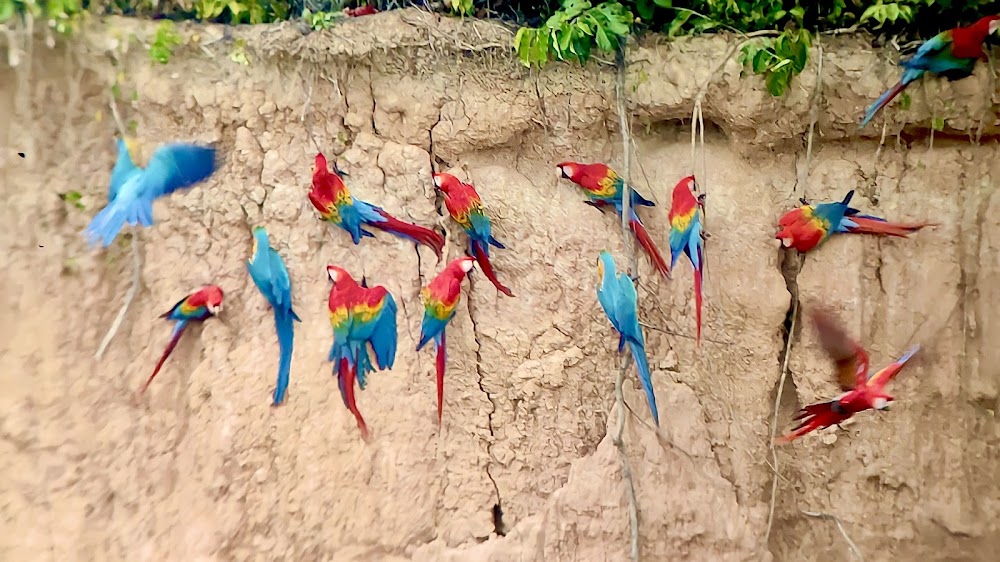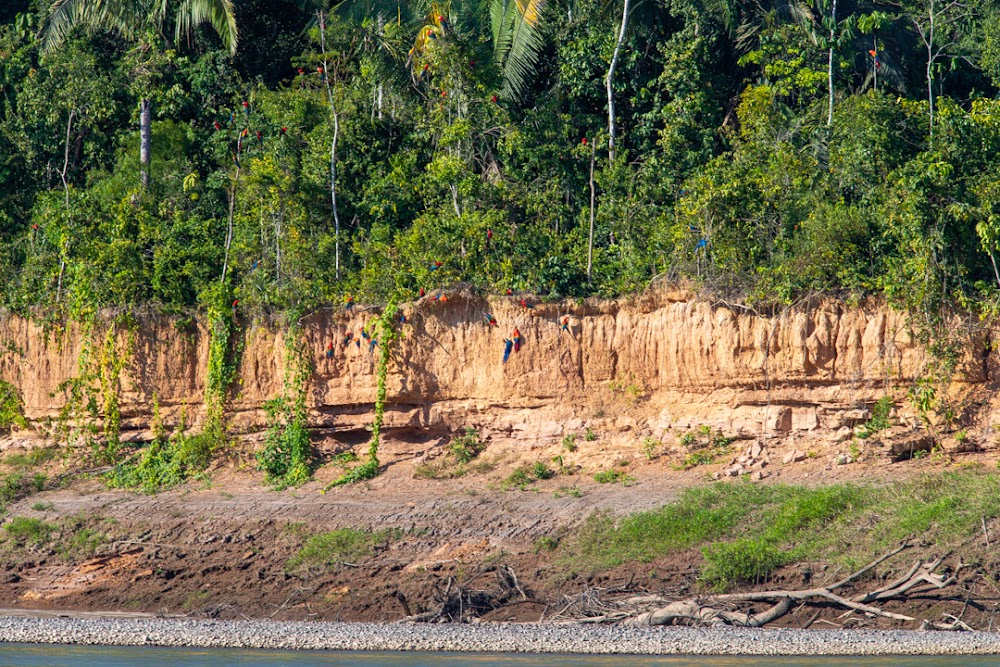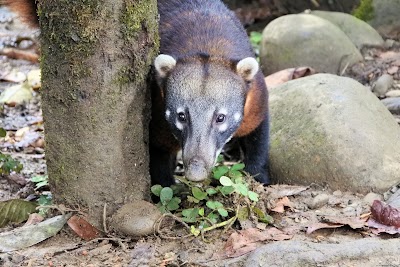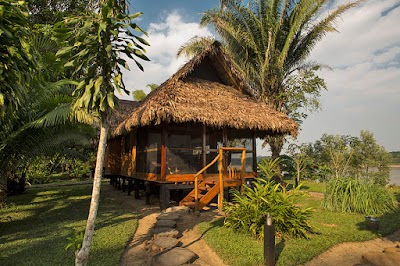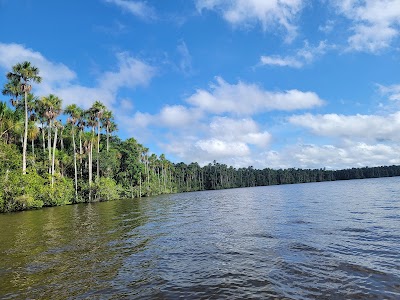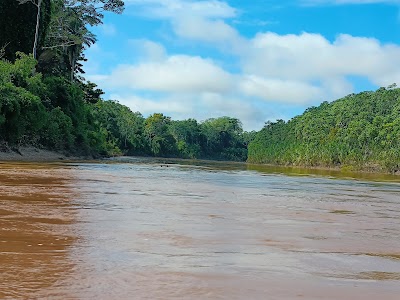Clay Licks (Collpas)
Overview
The **Collpa Chuncho**, commonly known as the **Macaw Clay Lick**, is a breathtaking natural wonder located in the heart of the Amazon Rainforest in **Madre de Dios, Peru**. This remarkable clay lick attracts hundreds of vibrant parrots, including stunning macaws, who gather to indulge in the mineral-rich clay that provides essential nutrients and aids in detoxifying their bodies.
The formation of Collpa Chuncho is a fascinating story of **centuries of geological processes** and river erosion. Over time, heavy rains and flowing rivers in the Amazon basin have washed down mineral-laden particles from the surrounding mountains. These particles accumulated on the banks of the **Tambopata River**, creating the rich clay escarpments we admire today. This specific type of clay is packed with vital minerals like sodium, potassium, calcium, and magnesium, which are crucial for many bird species' diets.
Indigenous communities and early explorers recognized the importance of these clay banks long before they became popular with tourists and scientists. They observed the daily ritual of birds flocking to these sites each morning, using the clay as a dietary supplement and a means to neutralize toxins from their varied diets of fruits and seeds.
For wildlife enthusiasts, birdwatchers, and researchers, observing this natural spectacle has become a cherished activity. Trips to Collpa Chuncho typically begin with an early morning boat ride down the **Tambopata River** from **Puerto Maldonado**, the capital of the Madre de Dios region. As the morning sun rises, visitors position themselves at a safe distance to witness the dazzling display of hundreds of macaws, parrots, and parakeets descending onto the clay lick. This scene is a vibrant explosion of color and sound, with the striking red, blue, and yellow feathers of macaws creating a stunning contrast against the beige backdrop of the clay.
Scientists have dedicated countless hours to studying the behaviors and patterns of these birds at Collpa Chuncho. They have discovered that the birds’ daily visits to the clay lick are part of a well-coordinated routine that begins at dawn, with birds flying in from their nesting sites deep in the forest. Each species tends to prefer specific times and areas of the clay bank, minimizing competition and allowing everyone to benefit from the nutrient-rich clay.
Conservation efforts surrounding Collpa Chuncho reflect a commitment to protecting this unique ecosystem and its incredible biodiversity. The adjacent **Tambopata National Reserve** is home to a stunning array of wildlife, including jaguars, tapirs, capybaras, and countless bird species. Conservationists and local guides collaborate to ensure that tourism is conducted sustainably, minimizing environmental impacts while enhancing awareness and educational value.
Moreover, the clay at Collpa Chuncho plays a critical role in maintaining the health of the Amazonian ecosystem. The minerals from the clay are redistributed through the food chain, supporting diverse plant and animal life. The presence of healthy macaw populations also serves as a strong indicator of the overall health of the rainforest, as these birds are key seed dispersers, aiding forest regeneration and diversity.
The **cultural significance** of Collpa Chuncho is enriched by the legends and myths shared by local indigenous communities. They often speak of the spiritual importance of these clay licks, viewing them as sacred sites bestowed by the Earth Mother, or **Pachamama**, to sustain the jungle’s avian inhabitants. Such narratives add a layer of cultural depth to our scientific and ecological appreciation of the clay lick's significance.
Visiting Collpa Chuncho offers a rare opportunity to witness the interconnectedness of nature, where soil, water, plants, and wildlife coexist in a delicate balance. This experience serves as a reminder that, despite their remote and seemingly untouched nature, these ecosystems are profoundly affected by human actions and require our vigilance and dedication to preserve their pristine beauty for future generations.
So, the next time you find yourself amidst the lush greenery of **Madre de Dios**, remember that Collpa Chuncho is more than just a natural spectacle; it stands as a beacon of biodiversity, a site of scientific inquiry, and a cultural treasure deserving of our respect and protection.


